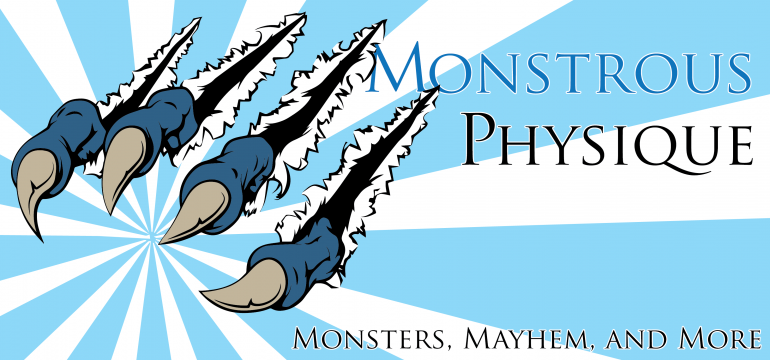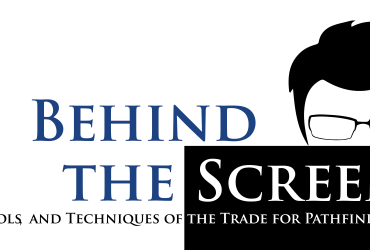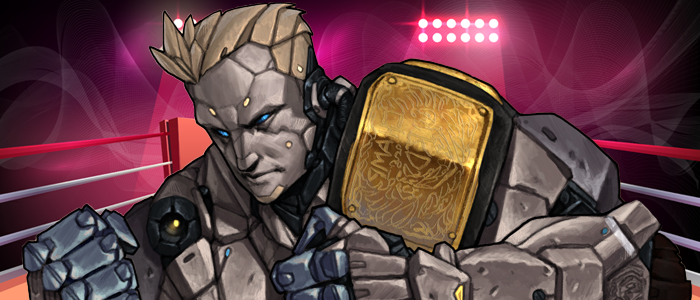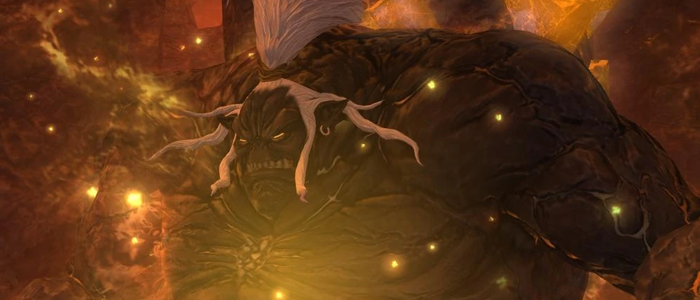This is largely a friendly invasion and Luis will be back. Seriously, I promise. In the meantime, I thought it would be fun to break out my new copy of the Genius Guide to the Talented Bestiary from Rogue Genius Games and take their monster creation rules for a spin.
First though, let me introduce myself. My name is Andrew Marlowe and I’m a freelance game designer and another Know Direction Network blogger. My regular column Burst of Insight posts every other Tuesday. If you haven’t been reading it already please come by and check it out. I talk a lot about homebrew, house rules, system hacks, and dabble in a little world building. Today however, I’m making a monster.
The Invasion Begins Now!
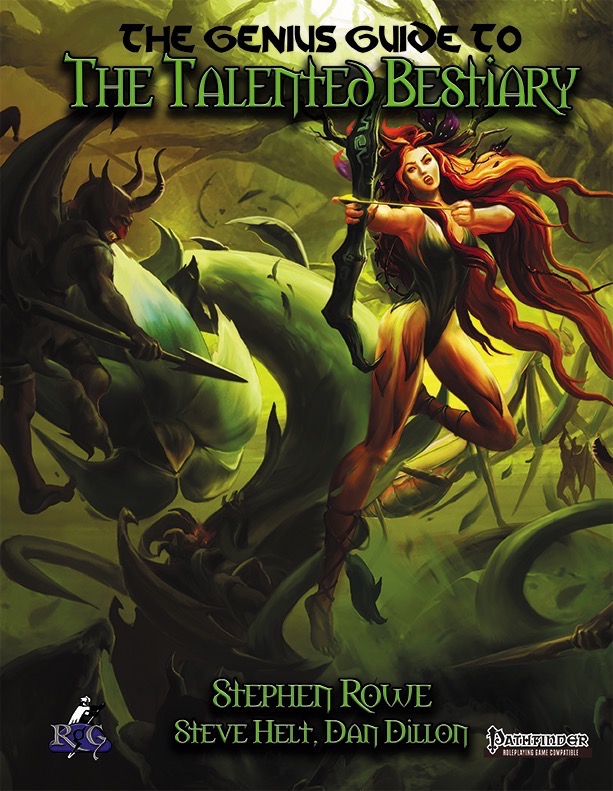
The Genius Guide to the Talented Bestiary, Rogue Genius Games
The Talented Bestiary’s first step is to settle on the Creature Concept. I’m not sure what I want to make right off so I am keeping it basic and rooted in old concepts: dragons and dungeons. I’m thinking a stone drake, gray rock-like scales and Medium size. As I visualize the drake I also begin to think about what sort of ecological niche it might fill and I begin to think it might be almost like hoard vermin. Less cave drake and more, well, tomb drake. Sneaking into lairs and tombs of other creatures and stealing the treasures, or simply claiming them in the case of uncontested wealth such as you might find in a crypt.
Calling this a tomb drake, I think I may reconsider its size or give it the ability to squeeze. Maybe both, so it can get inside a tomb, crypt or dungeon easily. Since it is basically draconic vermin I’m going to set the CR fairly low too: CR 4. Normally when making a monster I’d do a bit of research, see what exists at the CR in question, and see what niches need filling, today I’m just messing around with the rules if the Tomb Drake overlaps too much with something that already exists no biggie, lots of creatures in the real world share similarities too.
The second step to creating a monster with this book is to choose a monster focus. This is new to the Talented Bestiary, which separates a monster’s purpose from its creature type. The tomb drake is an opportunist, but that doesn’t make it weak and I’m inclined to leave spellcaster for true dragons. With that in mind I’m left with the skilled and combat foci and while tomb drakes might be sneaky, I think they’re even more likely to be brutal bullies. Thus, for the moment I’m thinking I’ll choose combat (barbaric) which sets my starting stats:
- HD: 5d12
- BAB: 5
- 3 feats
- Saves: Fort 4, Ref 4, Will 1
- Natural Armor: 6
- Recommended Number of Attacks: 2-3
- Recommended Damage Threshold: 16
- STR 16, DEX 12, CON 14, INT 6, WIS 14, CHA 14
- 12 Ability Points (AP) and a max of 5 per ability. Ability points are how you can be sure your monster has a balanced array of special abilities. A GM uses AP to buy each of the monster’s special abilities.
- 2 + INT mod skill points per HD
- Class Skills: Acrobatics, Climb, Handle Animal, Intimidate, Knowledge (local), Knowledge (nature), Perception, Ride, Stealth, Survival, and Swim.
For the third step, I will select our creature’s size, and for the tomb drake I think I want to go ahead and embrace the vermin feel and go with Small size which bestows the following adjustments.
- +1 size bonus to attack and AC
- STR 14, DEX 14,CON 12, INT 6, WIS 14, CHA 14
Step four, I need to select a creature type and subtype(s). Each type and subtype provide a number of starting abilities but the type counts against my 12 AP listed above. Since we’re obviously building a dragon I need to log that and deduct its 1 AP from my starting points. I am also going to go with the earth subtype which has an AP cost of 0. These net me the following starting abilities:
- Darkvision 60 feet and low-light vision.
- Immunity to magic sleep effects and paralysis effects.
Next, we determine the monster’s base statistics: hit points (37), armor class (19), and saves (5/6/3) then for step six we get to start purchasing abilities and I select the following abilities:
- Flight (Ex, 1 AP) base speed x2 clumsy maneuverability. [10 AP remain]
- Ferocity (Ex, 2 AP) [8 AP remain]
- Compression (EX, 0 AP) Special Note: there is a notation that the minimum cost is 1 AP…not sure if that was meant to apply to 0 cost abilities or just those with flaws imposed to reduce the cost. Erring on the side of caution I’ll adjust as if it cost 1 AP. [7 AP remain]
- Natural Attacks (4 AP) Primary attack – Bite as a medium creature (1d6) two additional primary attacks claws (1d3) [3 AP remain]
- Breath Weapon (3 AP) I really like the visual of the tomb drake sand blasting targets for 4d6 slashing in a 30’ line. Every 1d4 rounds [0 AP remain]
Finally, I’ll pick a few feats and skills to round off this beast. All in all, a pretty fast and easy build. Now, to knock out the statblock and see what we have.
Introducing the Tomb Drake
I did make a couple of small alterations from my notes but it is still largely the same creature we were outlining above and it rests comfortably in the right ranges for a CR 4 monster.
Drake, Tomb
This small serpentine dragon’s scales resemble gray sandstone. It has two legs and wickedly clawed wings better suited to climbing or striking than flight.
TOMB DRAKE CR 4
XP 1,200
Combat (barbaric)
NE Small dragon (earth)
Init +6; Senses darkvision 60 ft., low light vision; Perception +6
DEFENSE
AC 18, touch 12, flat-footed 16 (+2 Dex, +6 natural)
hp 37 (5d12+5)
Fort +5, Ref +6, Will +3
Defensive Abilities ferocity; Immune to magic sleep and paralysis
OFFENSE
Speed 30 ft., climb 15 ft., fly 60 ft. (clumsy)
Melee bite +7 (1d6+2), 2 claws +7 (1d3+2), and tail slap +2 (1d4 +1)
Special Attacks breath weapon (30 ft. line, 4d6 slashing, Reflex DC 14 for half, usable every 1d4 rounds)
STATISTICS
Str 14, Dex 14, Con 12, Int 6, Wis 14, Cha 14
Base Atk +5; CMB +6; CMD +8
Feats Coordinated Reposition, Improved Initiative, Step Up
Skills Appraise -1, Climb +14, Fly +8, Intimidate +6, Perception +6, Stealth +6; Racial Modifiers +8 Climb, +2 Fly, Stealth +4
Languages Draconic
SQ compression
ECOLOGY
Environment Any
Organization solitary, pair, or rampage (3–12)
Treasure standard
Tomb drakes are malicious opportunists. Often considered the most degenerate of all dragonkind, tomb drakes are among the smallest and least intelligent of all drakes. Like other species of drake, they form packs called rampages. A rampage of tomb drakes is a hissing quarrelsome family of brood siblings. The rampage hunts together bringing down prey that would be far outside the capabilities of a single drake. Solitary tomb drakes are often scavengers subsisting on carrion and small game.
When tomb drakes feed they consume thier food completely, devouring even the bones. They are reputed to eat anything including rocks. While there is some truth to the rock eating that is mostly as a means to fuel thier primary offensive ability. Like most dragonkind Tomb drakes possess a potent breath weapon, unlike most, however, the thier breath weapon comes out as a powerful blast of ground gravel, sand, and bone shards, rather than flame, lightning, or icy cold.
A rampage of tomb drakes is a quarrelsome pack usually made of brood siblings. The rampage often lairs in old abandoned crypts claiming the treasures of the dead as thier own.
In Your Game
Crypt Guardians
The PCs need to acquire a certain McGuffin from a dungeon or an NPCs family crypt and instead an easy retrieval the PCs stumble upon a rampage of tomb drakes who have claimed the crypts treasures for thier own and atop the pile where the drakes recline is the McGuffin.
Unwelcome Neighbors
Old Walder’s pack horse was eaten last night all the merchant found in the morning was one hoof. That’s the third animal to go missing this month and valuables all over town have gone missing. It’s up to the PCs to figure out what’s happening. A rampage of tomb drakes was recently ousted from the hoard they had amassed by a young dragon. The rampage has since moved into the city’s sewers and is wreaking havoc. Once the PCs have dealt with the tomb drakes there’s still the matter of the dragon.

